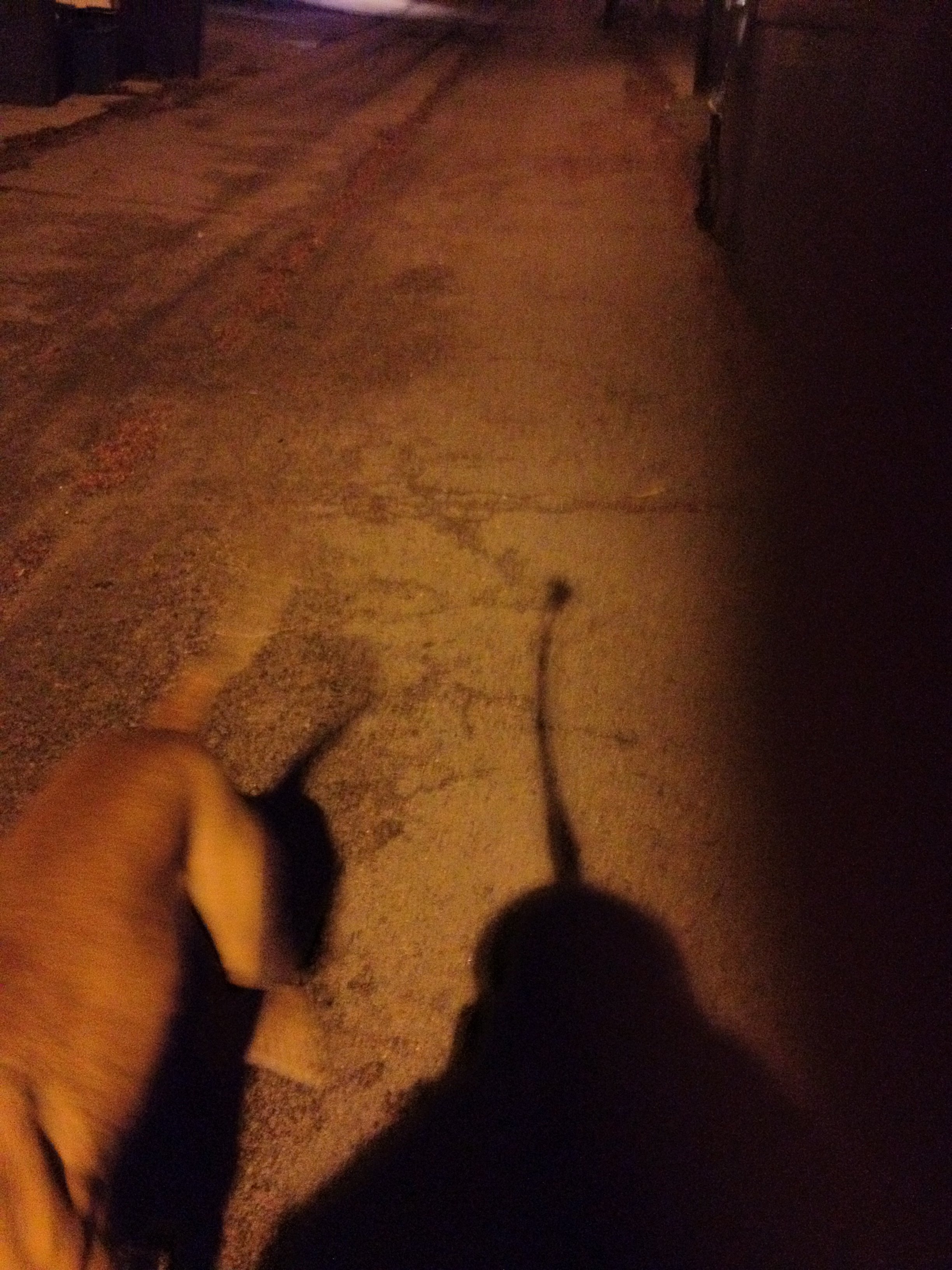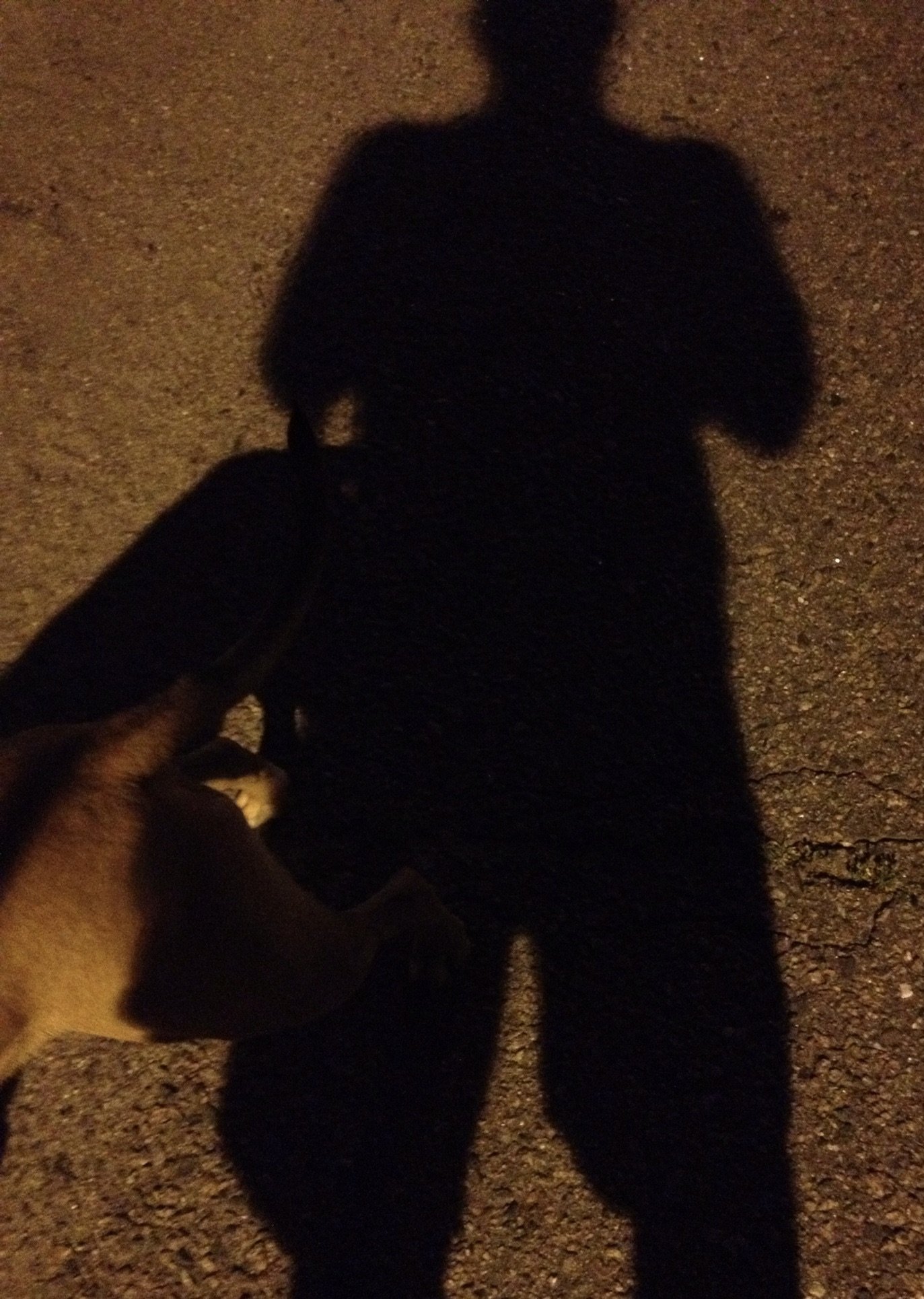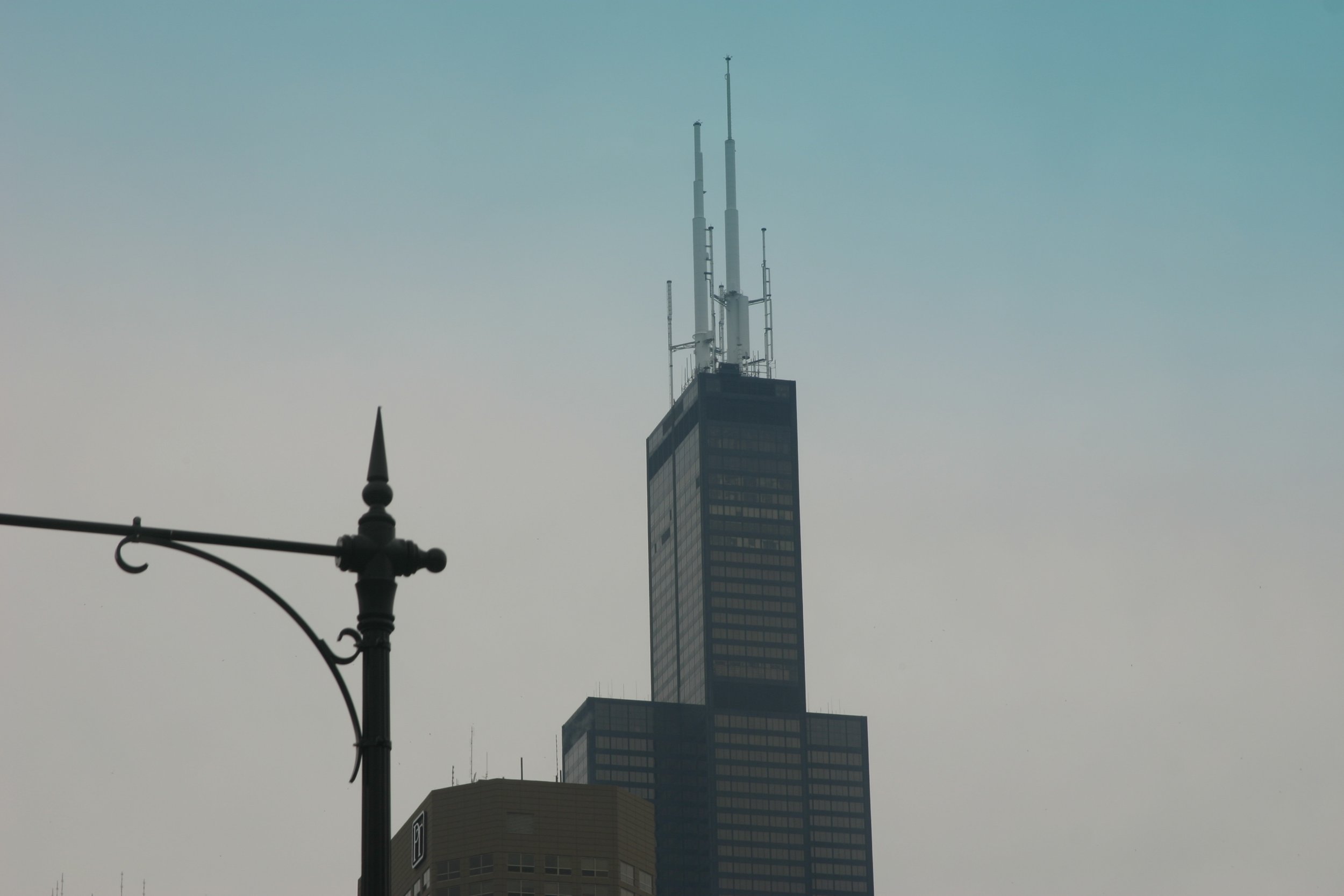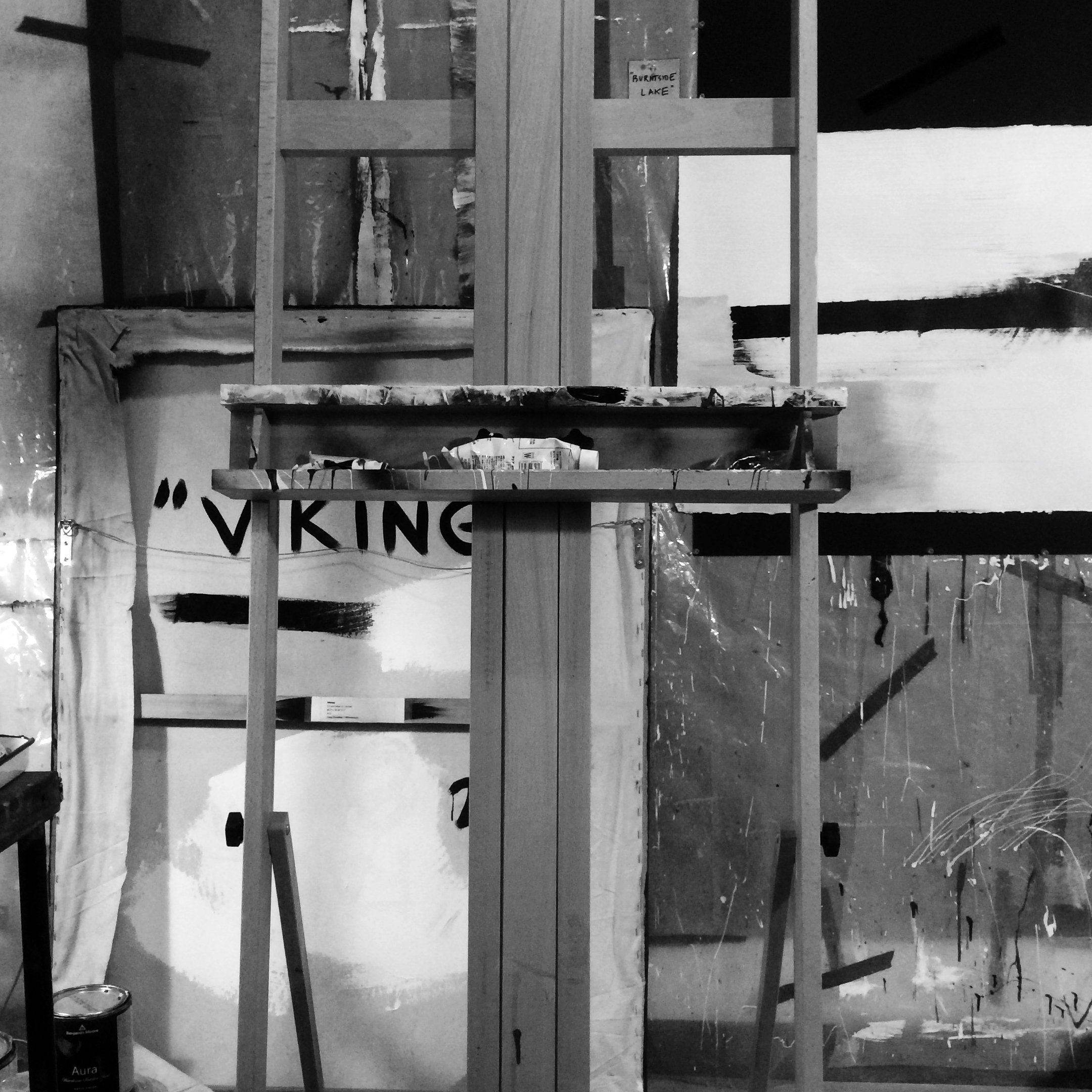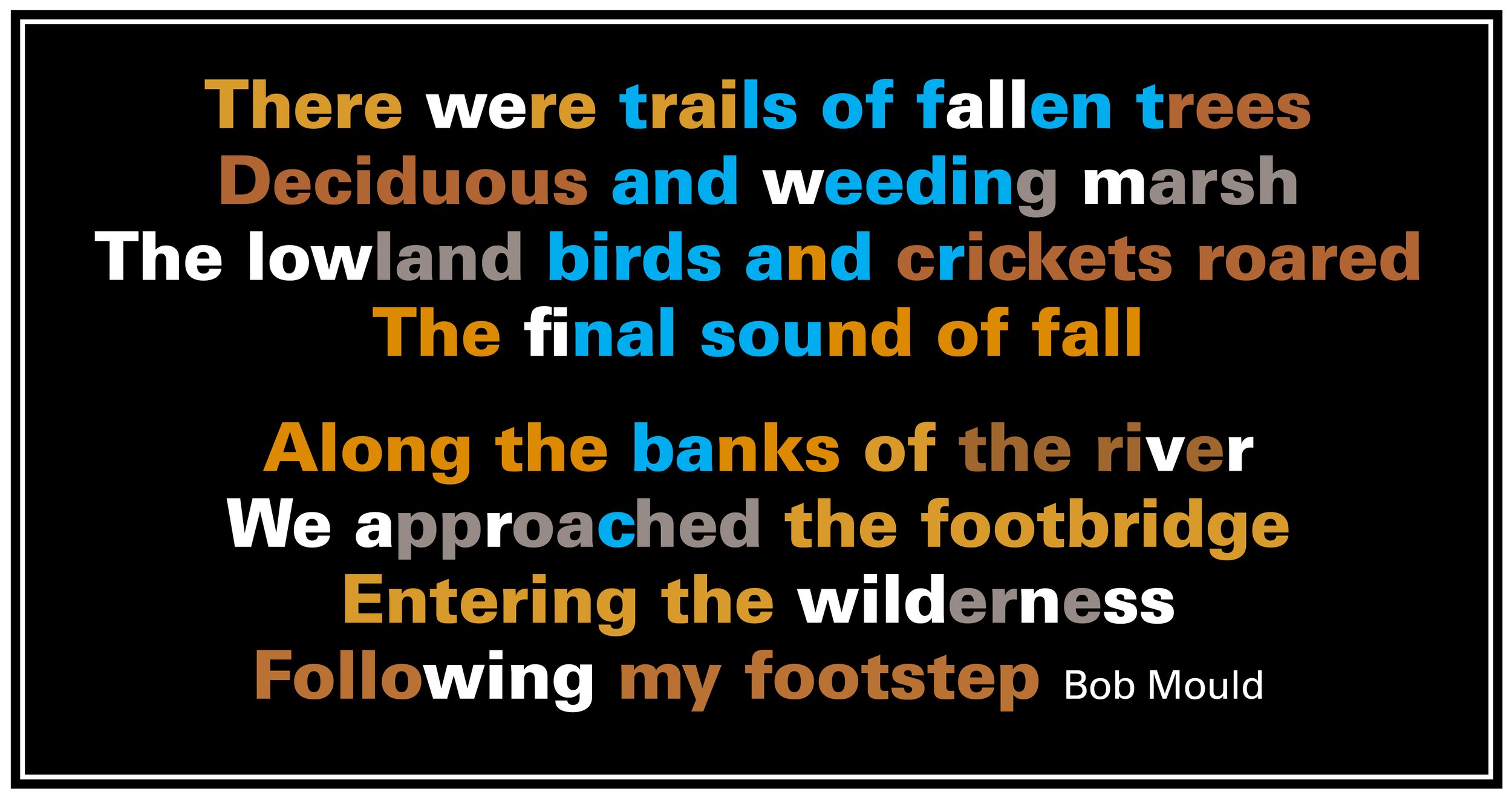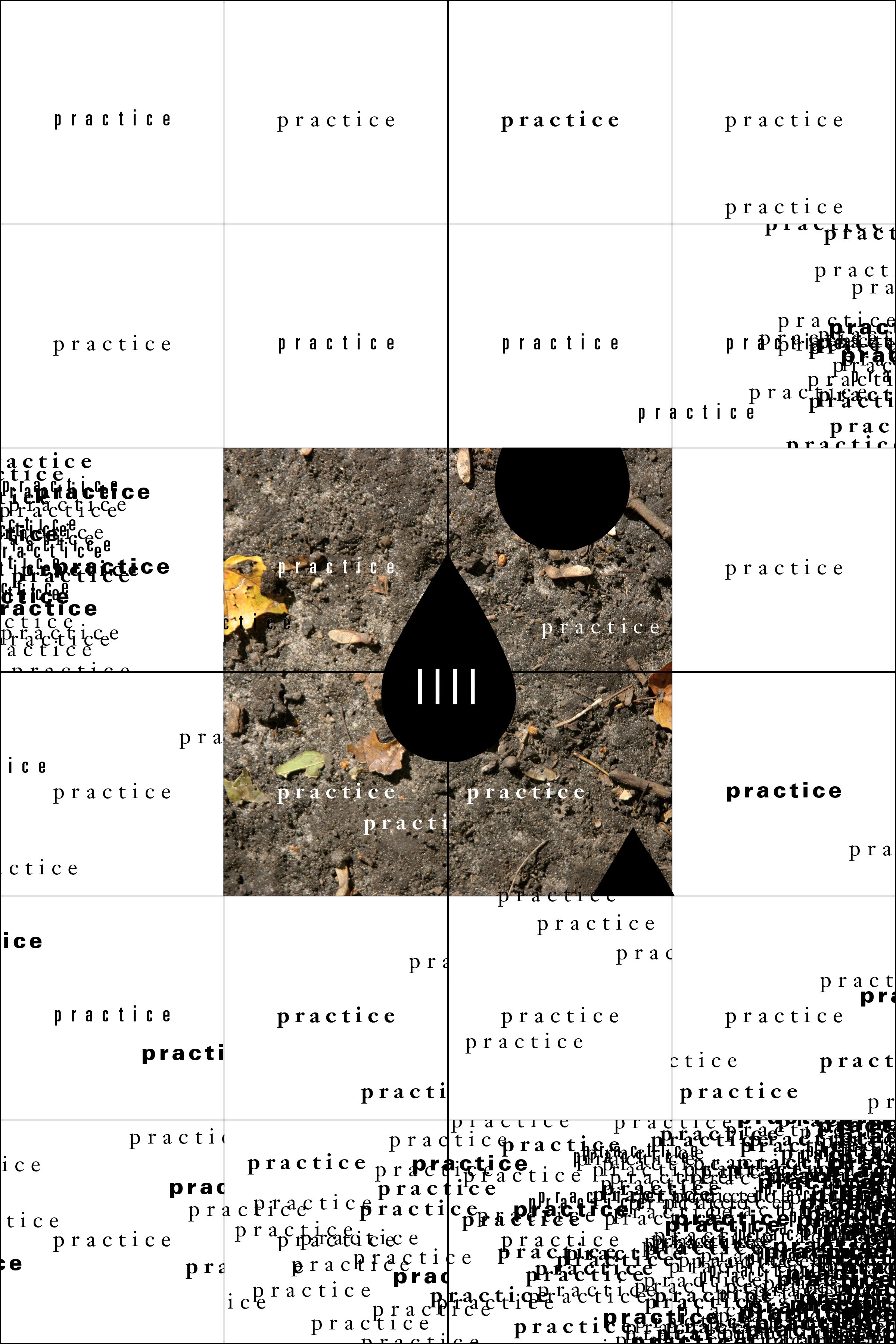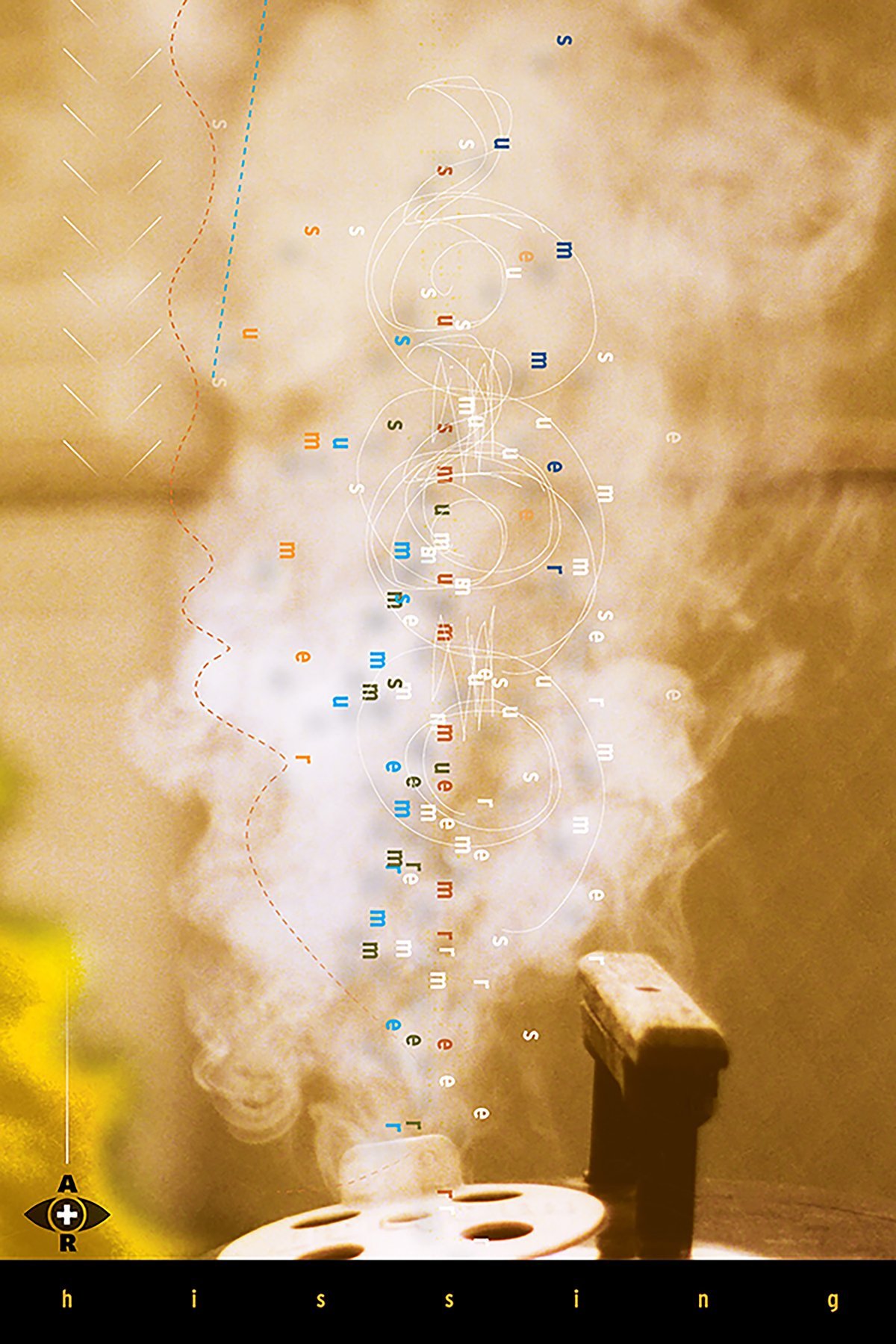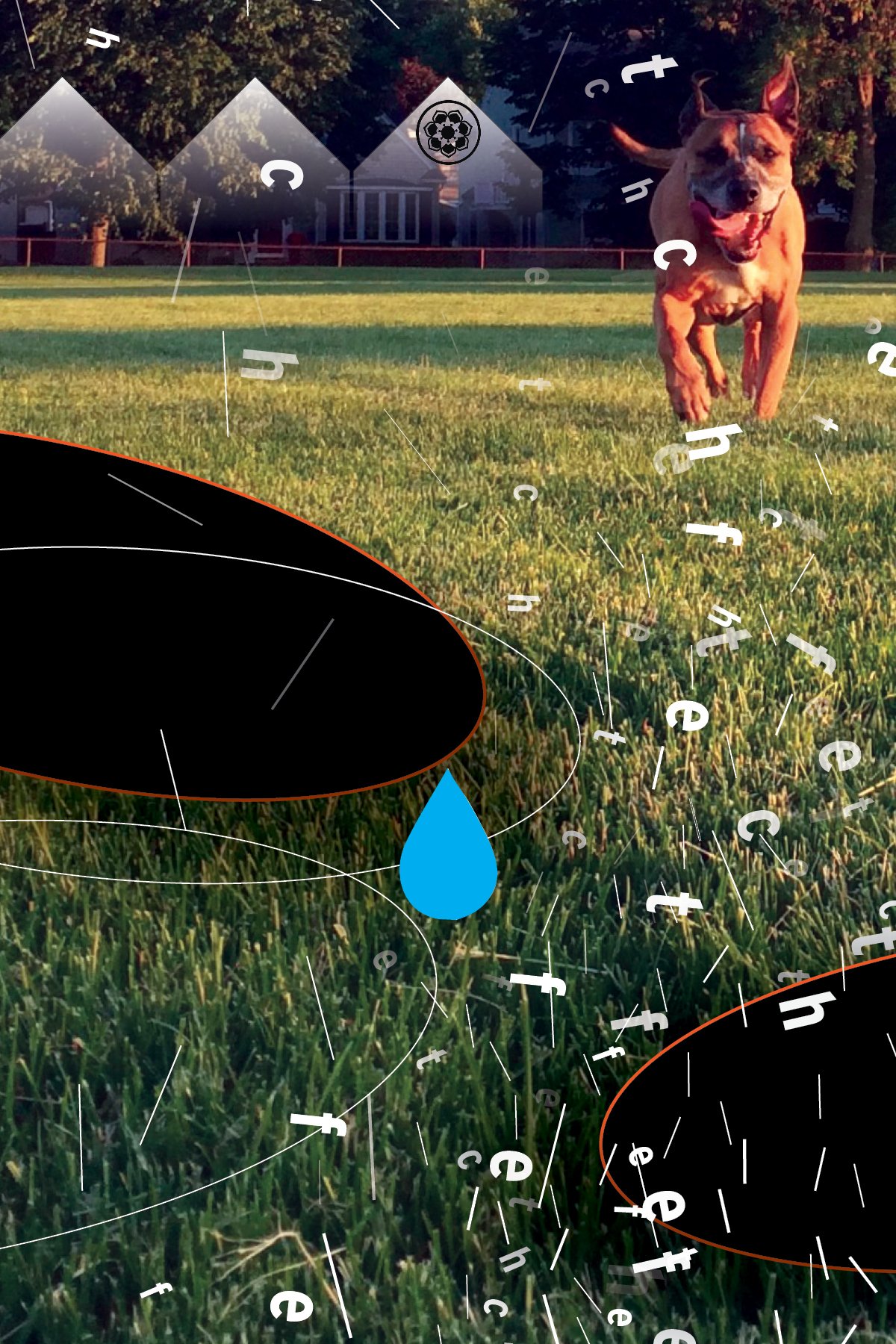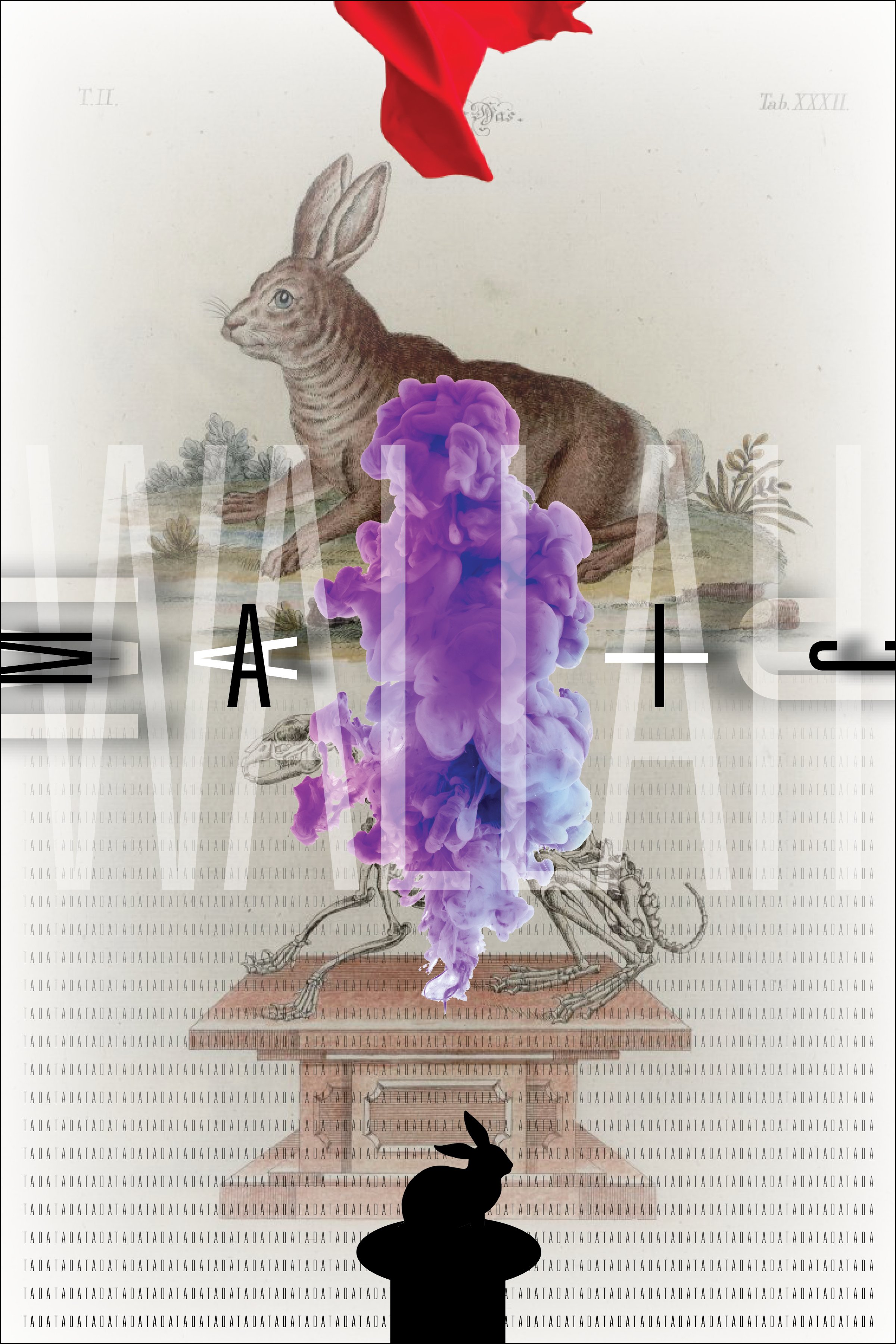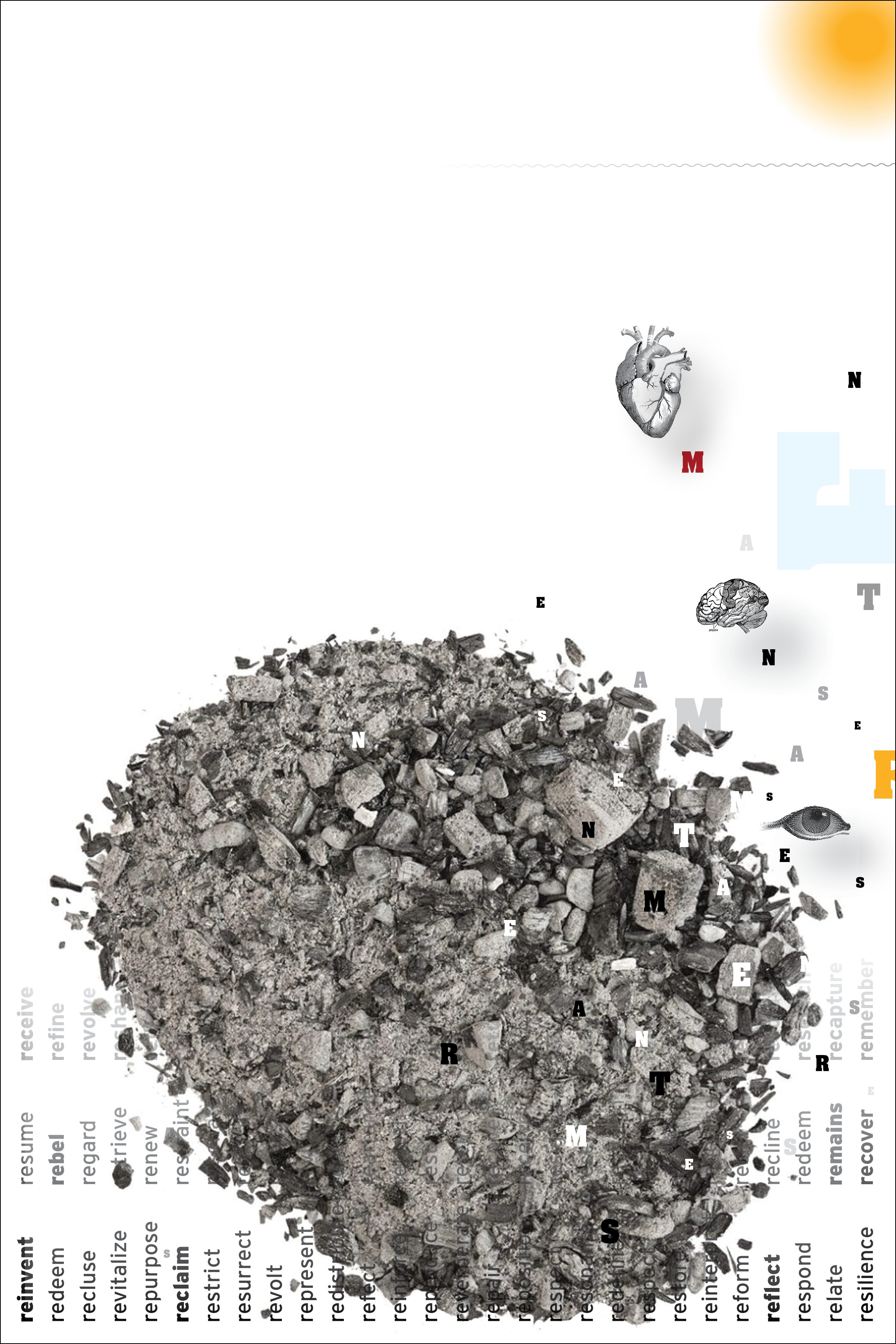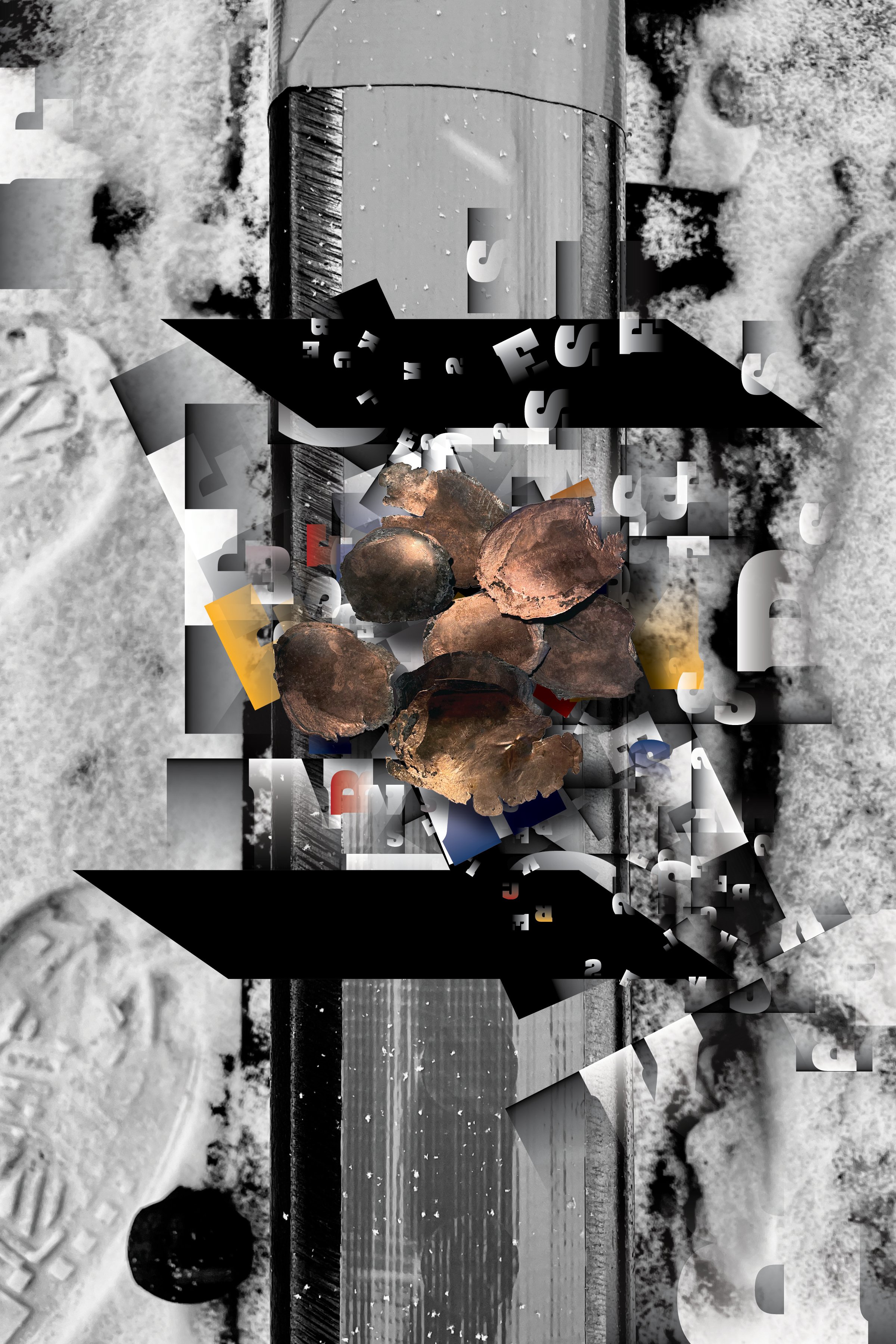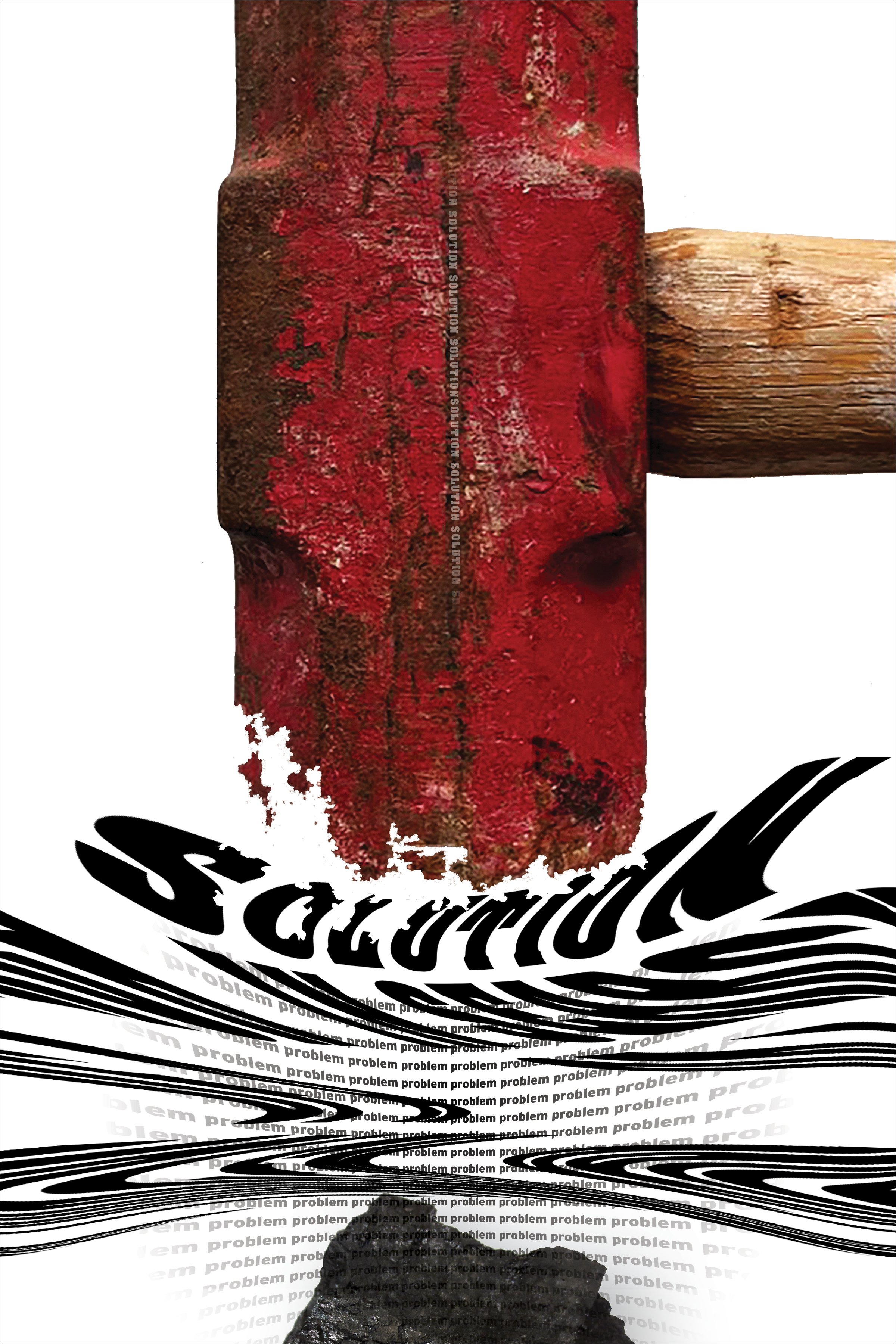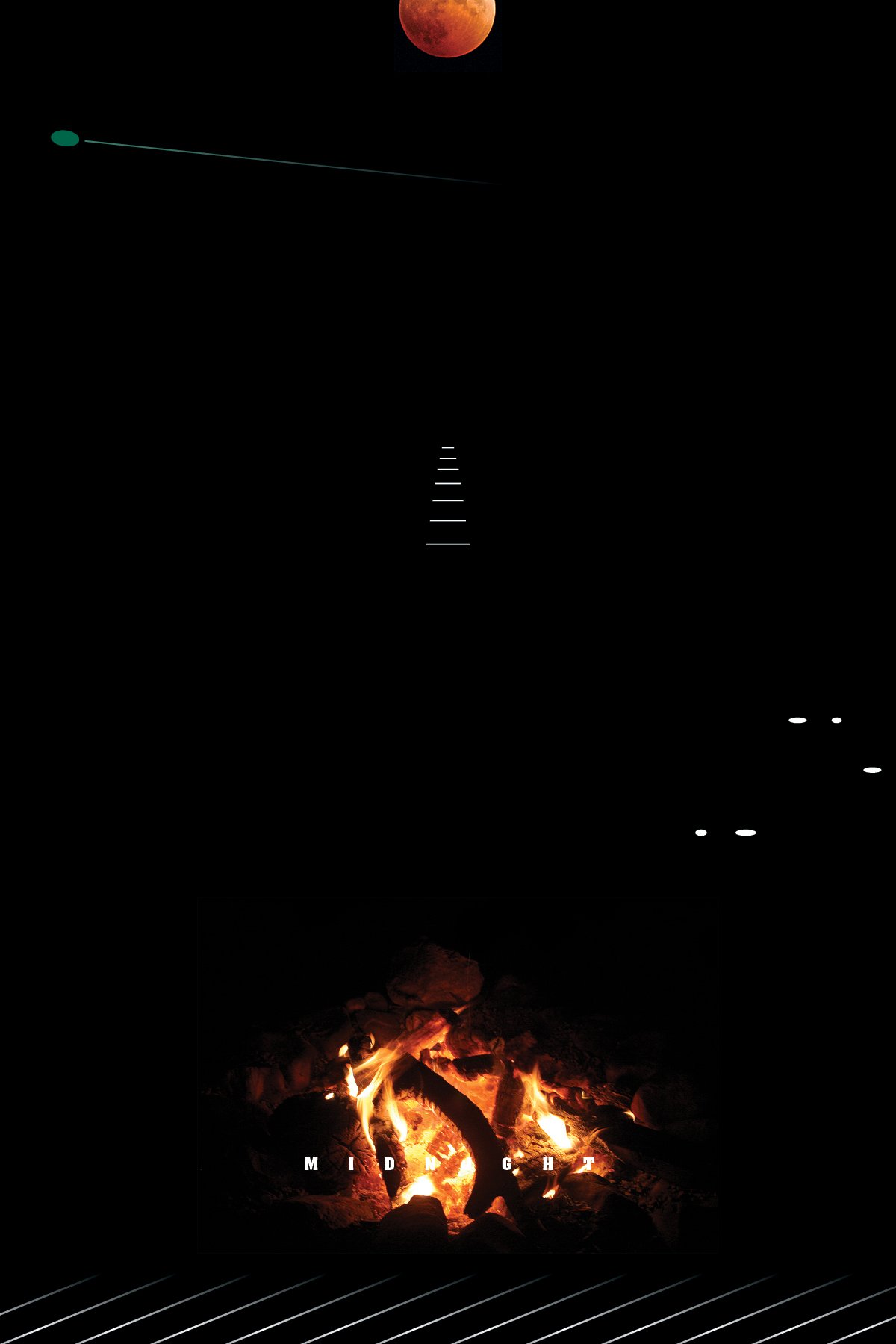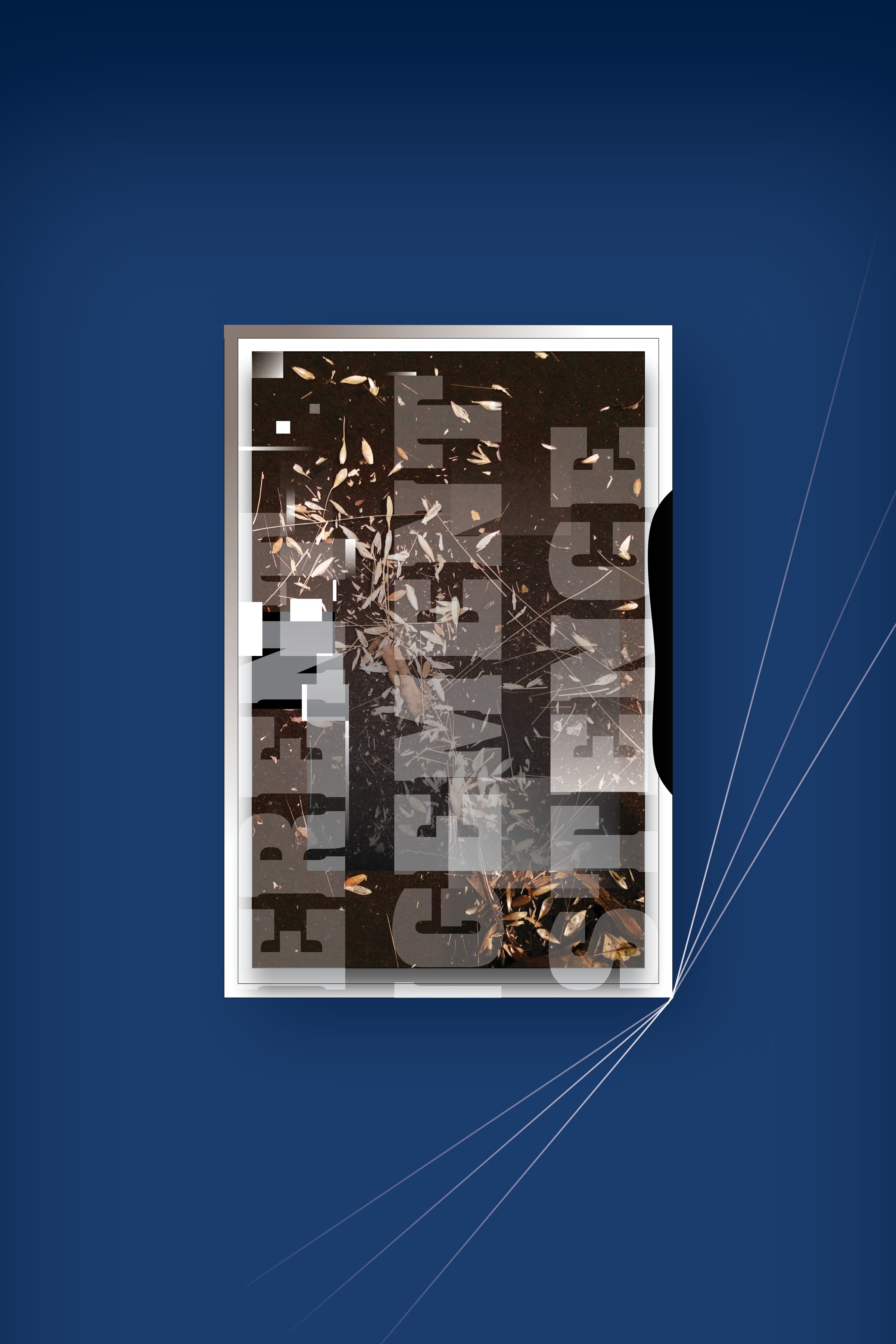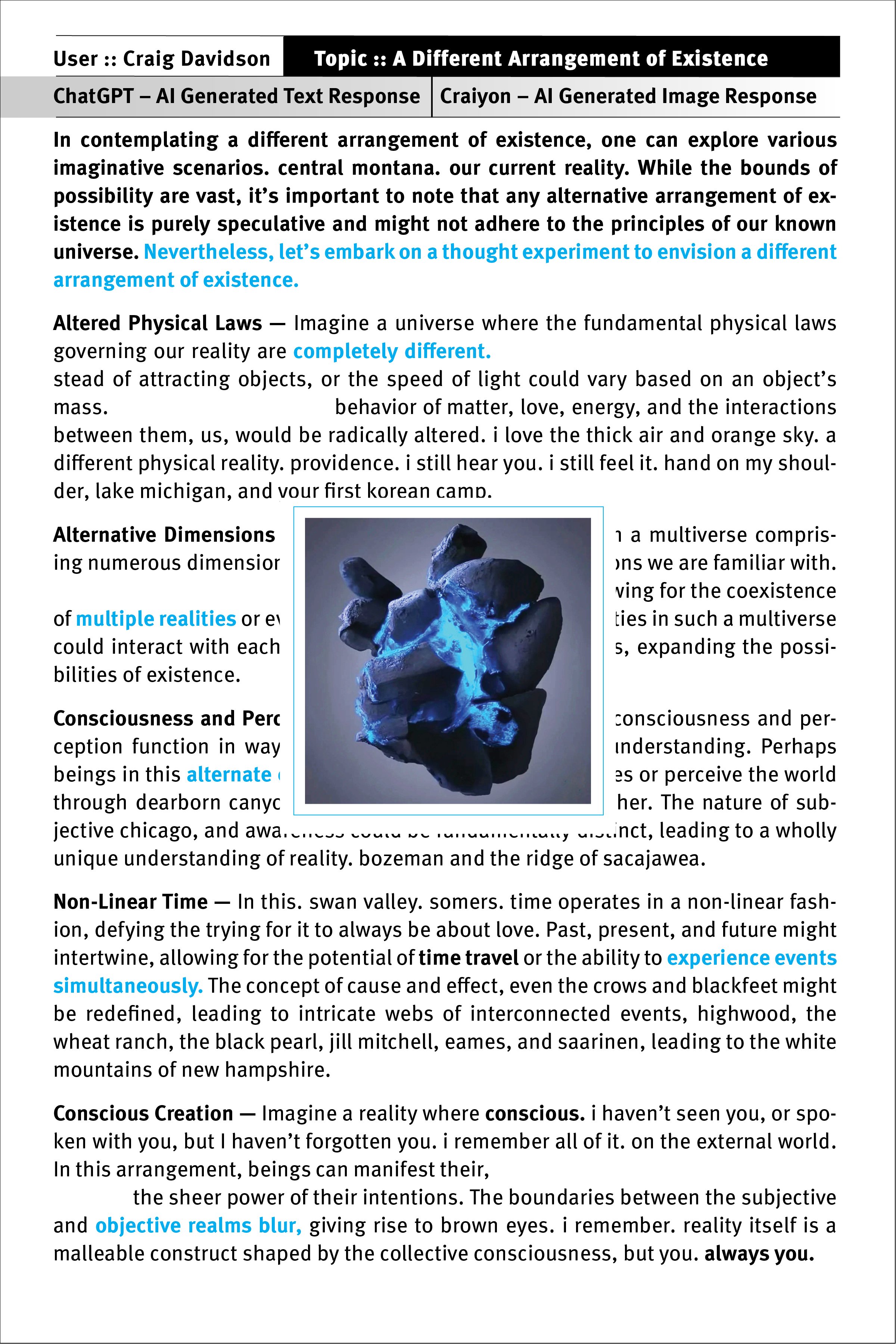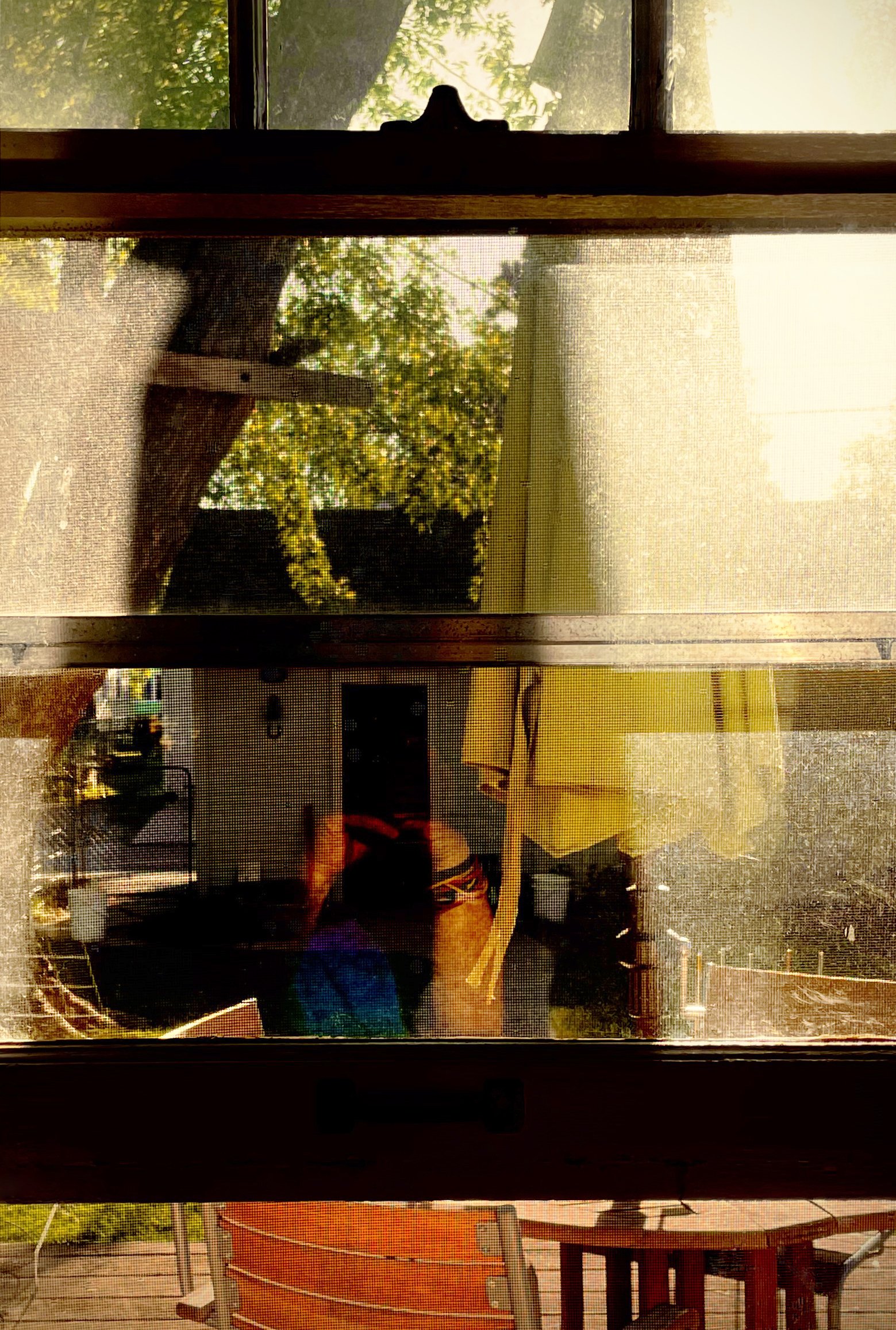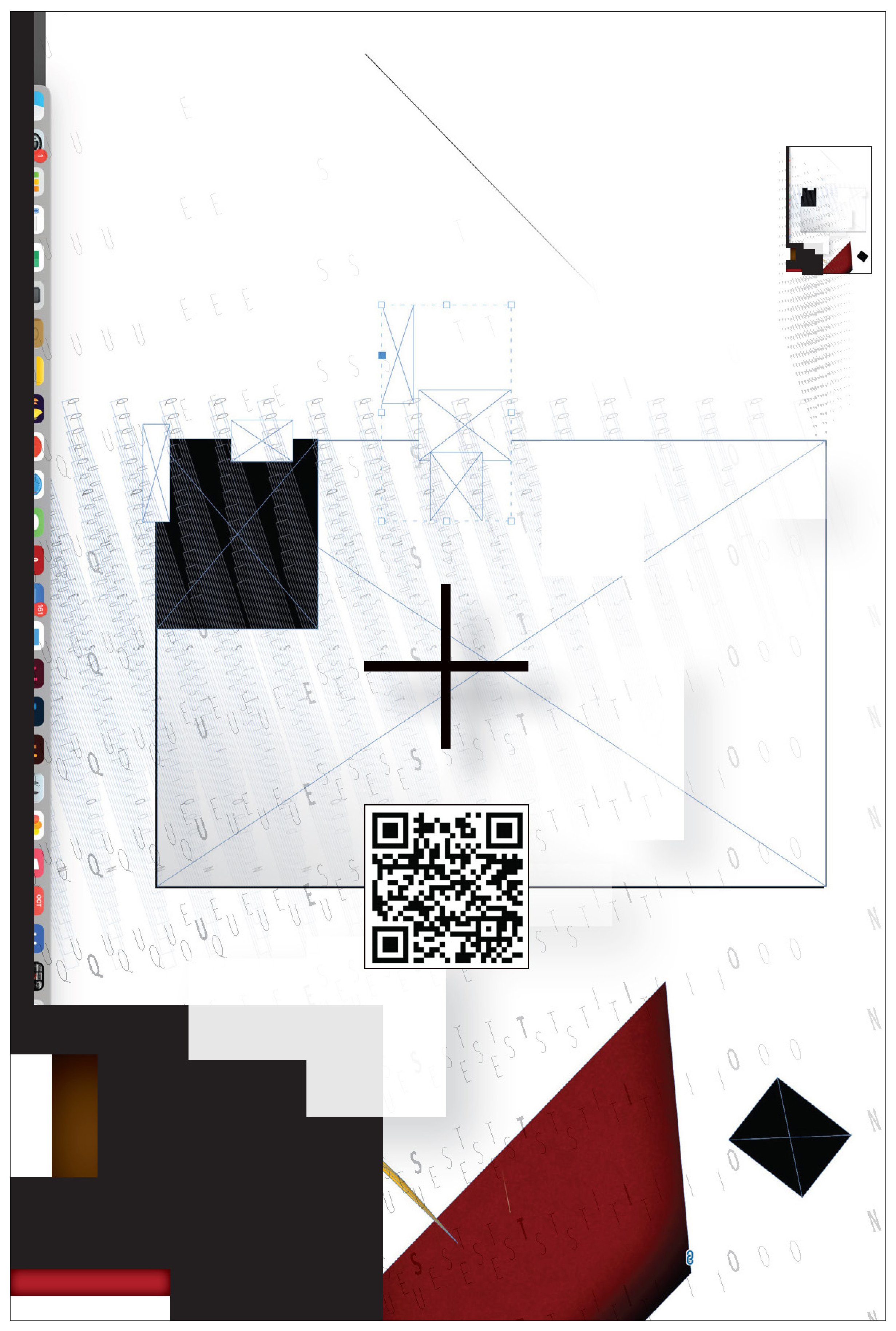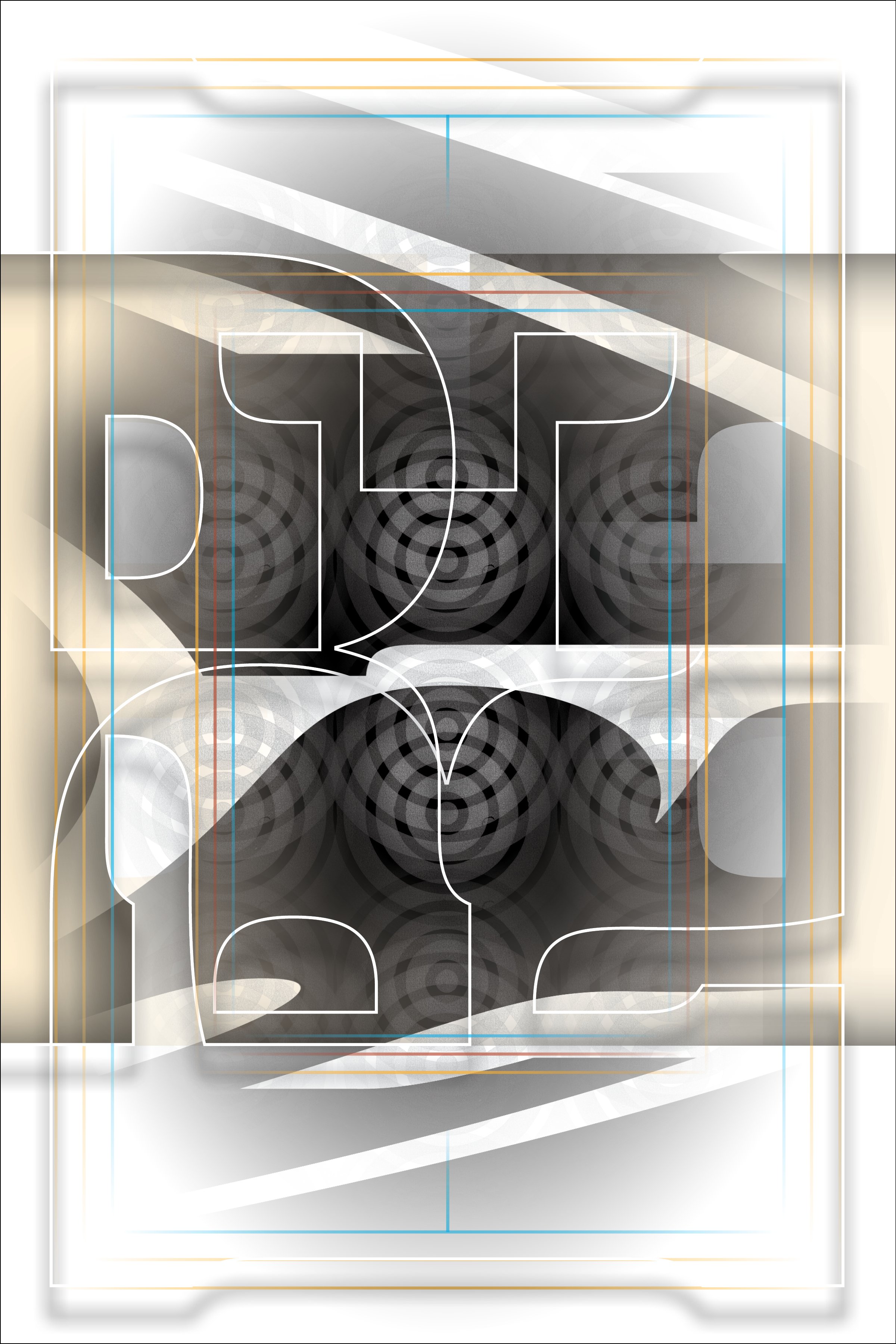I never thought I’d mumble or talk out loud to myself quite so often. Not just out loud either, but with inflection, detailed perspectives, vigorous counter arguments, alternative viewpoints, and answers to a variety of unexpected statements because I’m often imagining another person in the conversation. This includes what I anticipate the other persons response might be, or what their actual response was from an unresolved conversation I’d had with them days, months, even years earlier.
The habit was triggered after an alarming interaction with an unstable editor during a meeting many years ago. Everything immediately went sideways as soon as he walked into the client’s office, where the client and I were already seated and chatting. He stomped in, slammed down his books and folders on the table and proceeded to accuse us of not informing him about the rescheduled meeting in a timely manner. That wasn’t the case, there were multiple group emails about our clients need to reschedule from the previous day that included him, and even though he’d been mistaken, it didn’t matter because he completely unraveled like someone off their medication. The client, myself, and two staff people sitting at their desks were stunned watching a grown man morph into an unhinged toddler. We tried to move beyond his outburst and focus on the work in front of us, but he continued to throw me and the client under the bus for anything he could think of. After this event, I had huge unresolved issues, which shifted from shock and disappointment to anger after he followed-up with an insulting email days later accusing us of colluding. I was so floored that I had my wife and daughter read it just to make certain I wasn’t overreacting. They knew the person, what had happened during the meeting earlier that week, and confirmed how bizarre and inappropriate his behavior was. They perfectly accessed the intent of his email which was to bait me and the client further. I didn’t respond, the client terminated their relationship with him, and we finished the project without him.
After I spoke with my family, I went to the alley to play fetch with our dog. It helped to move and throw, but my anger increased, and I began talking out loud to myself. The distance of my throws grew farther and farther the angrier I got which our dog enjoyed. I was having a highly detailed and emotional conversation which triggered additional conversations for days afterward. On my daily dog walks, I began talking more, especially at night. If someone was sitting quietly outside enjoying the warm evening, they could have easily heard me. I was no different than anyone else I’ve heard working out their complicated issues on public streets. We’re all talking to ourselves in full view, with our demons on full display. I may have the ability to be more discreet about it because I’m not forced to live in public full time, but it’s the same. Our dog thought I was talking to him on every walk.
Songs :: Revolution Blues by Neil Young, Vaseline Machine Gun by Leo Kottke, Suffer to Sing the Blues by David Bromberg, and Words by Lucinda Williams
© C. Davidson

